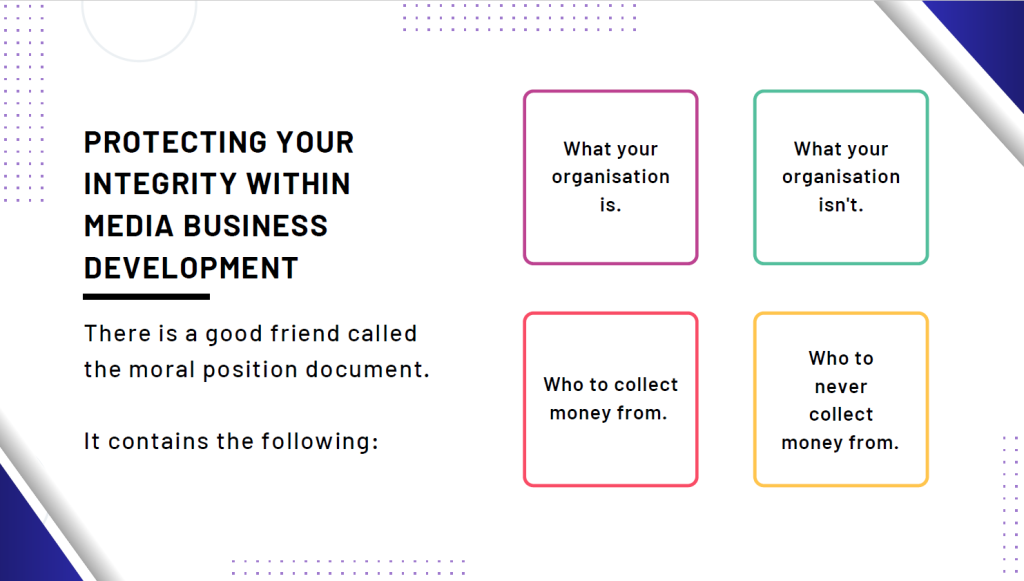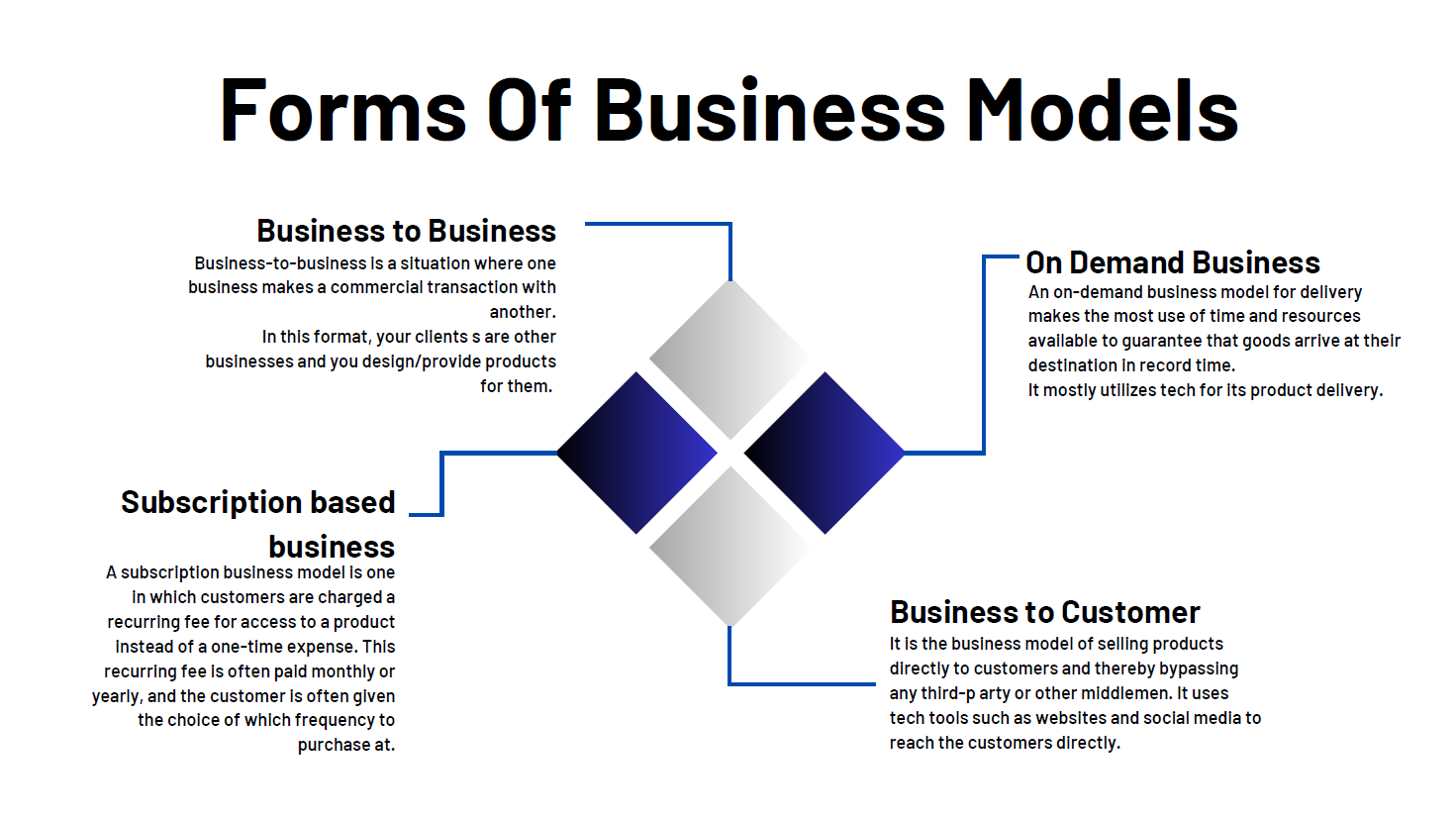By Vivian Ojomu
As someone who just joined the NAMIP team recently, it was inspiring to experience the passion of the independent media organisations in the NAMIP cohort. I met with everyone in the cohort at NAMIP’s recently concluded physical workshop themed ‘Exploring Revenue Strategies for Media’. With highly practical sessions that cut across building a business model to developing a revenue strategy that works, the workshop was no doubt a learning curve for the 37 participants in attendance, but also for me as well!
The workshop was facilitated by Anita Eboigbe, a trained journalist, and media manager with 10 years of experience across the various levels of media building, media business operations and sustainability. It was two days of participants exploring media business development, revenue generation through product development and scaling. Here are some key lessons I took away from the workshop.
What is a Business Model?
A business model is the way an organisation creates, delivers, and captures value in economic, social, cultural, and other contexts, it is a plan for the successful operation of a business, identifying sources of revenue and intended customer base, products, and details of financing.
Factors to Consider
There are a few factors to consider when developing a media business for the Nigerian market: socio-political factors, audience development pace, disposable income levels, and poor media adoption. Anita suggests that audience product, team, and distribution method are anchors of business models. Media products are what you develop to impact society and make money!

Must-Have Business Model Checklist
To set up a successful business model, these are crucial questions to ask:
- Who holds the business leadership accountable and what policies are in place to make sure the business does not crash?
- How will your organisation operate? Does everyone know what is expected of them?
- Is your mission, vision, and the philosophy behind your organisation documented?
- How regularly do you intend to connect with your audience? Do you know what they like and want? Do you know what media product matters to them?
- What is your product development process? What matters when you are developing a product? And how does your team handle the process?
- What kind of partnership are you seeking and how do they fit into your overall goal?
- How do you intend to grow your audience and development to understand the impact of your product?
- How can you use tech to develop your products, track your audience behavior and continue to innovate in the media space?
While it is important to gain financial independence, we understand that funding might be needed sometimes, and it is important to be mindful of the type of funding you accept. In light of this, here are some things to consider as an organisation:
- What does your organisation stand for?
- Who can you take funding from?
- Who can you not take funding from?

Revenue Strategy
The second day explored Revenue Strategy. Participants discovered with Anita’s coaching that a Revenue Strategy is simply how you plan to make money! The number of quality products you can create and the ability to manage their lifecycle is the pathway to revenue.
Why isn’t your product kicking off?
Often times a wonderful media product might be developed and still perform below expectations. Anita highlighted the following as reasons why your media product might not be doing so well in the market:
- You might have launched the wrong product or launched at the wrong time.
- Your internal structure and coordination might be poor, and your potential consumers can sense your lack of focus and coordination.
- You might be over or under charging.
To ensure a successful launch and lifecycle of your media products, here are some steps you can take:
- Understand your organisation’s needs and goals
- Understand your audience’s needs and consumption patterns, and then test your commercial consumption.
- You need a strong and motivated product team.
- Build a strong product that people will be interested in
- Build a strong launch plan. You have to consider all the different ways people will be introduced to your product.
- You need to test and launch your product and be willing to keep tweaking based on audience feedback.
Conclusion
The need to diversify income cannot be overemphasised, in a changing world, the media must seek to remain relevant and maintain its integrity by building structures that can be used to increase revenue. Innovation and collaboration are also areas to look at when it comes to increasing revenue.
Remember to set up a strong team, develop a business model, and build strong products that can bring in revenue.
I hope these lessons help independent media organizations build innovative and sustainable media products. Subscribe to our newsletter here and follow us on Twitter here to keep up with our updates.

